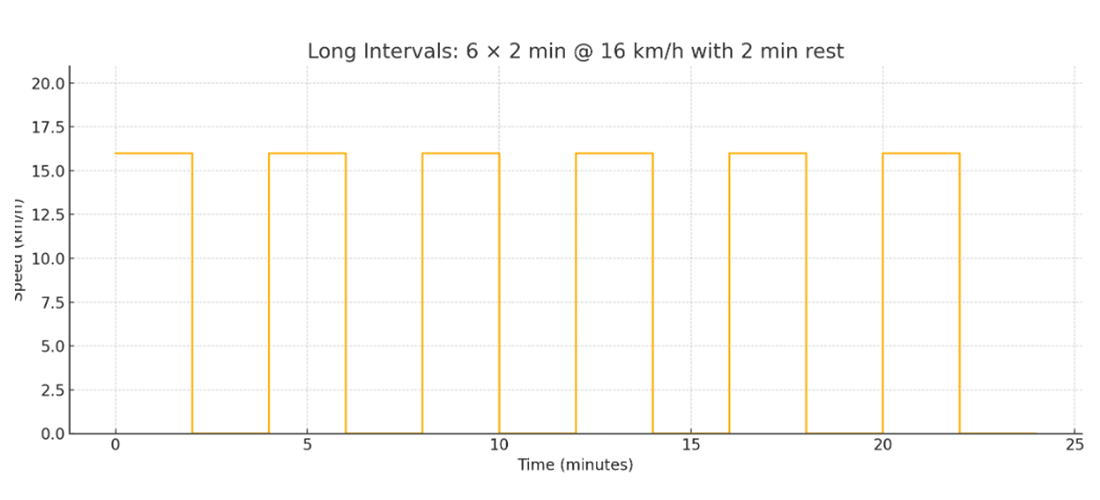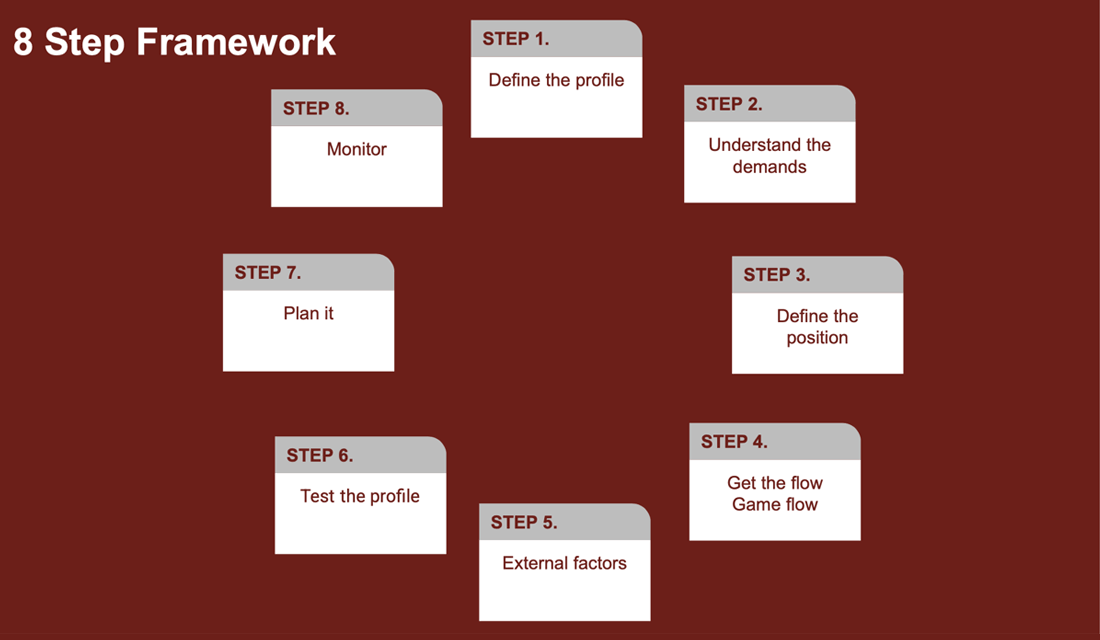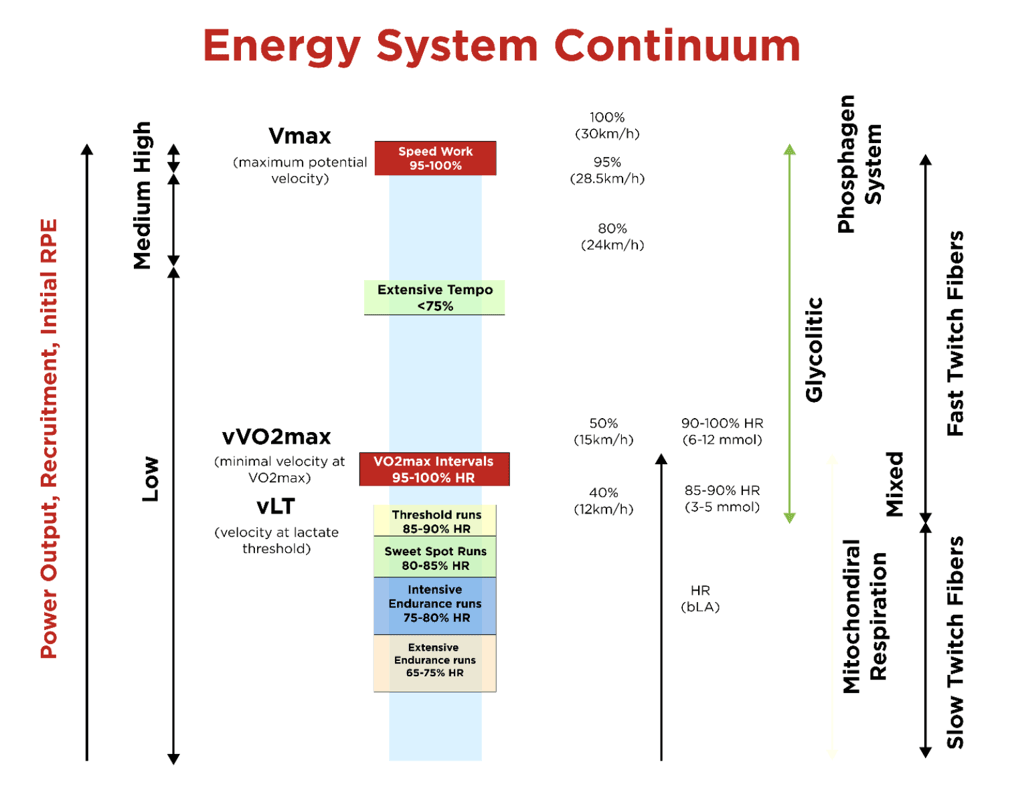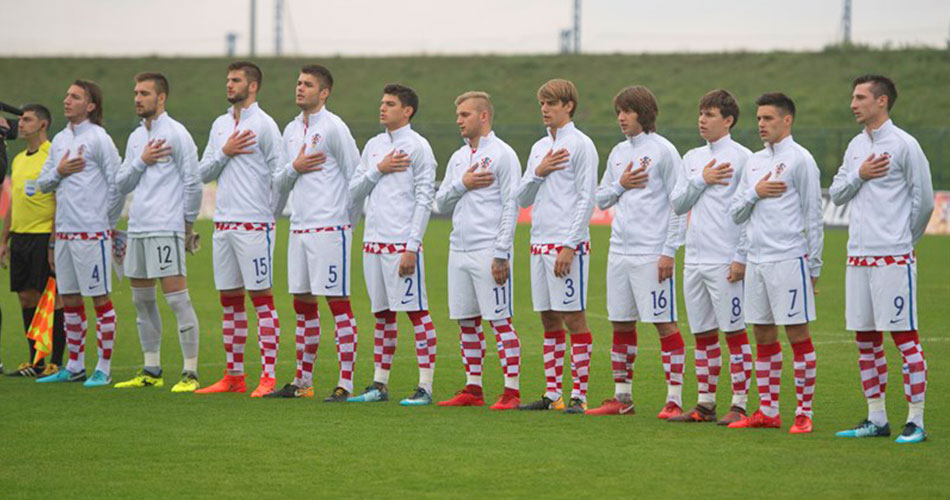Managing Peak Demands and Rehabilitation in Football – Part 1
Introduction
I can say that the past few months have been truly exciting for the Ultrax team. In a short span of time, we’ve attended more than 10 conferences across Europe and beyond—visiting incredible cities in Poland, Germany, North Macedonia, Turkey, Hungary, the US, and Spain. One of the highlights was organizing our very own event: the High Performance in Football conference in Zadar ( wuhuuu :D). We even launched our own magazine—something we’re incredibly proud of. And no, we’re not planning to stop here.
At the last two conferences, I spoke about managing peak demands in football and how these principles can be applied in rehabilitation settings. In this piece, I’d like to expand on that topic and walk you through a practical example.
Over the years, I’ve spent a lot of time reflecting on my methodology for developing endurance in players. As a strength and conditioning coach, I’ve relied heavily on different modalities—many of which you won’t find in standard textbooks or academic papers. These include short intervals with passive or active rest, using variable durations, or long high-intensity intervals like 6 × 2 minutes at 100% MAS, performed in straight lines without changes of direction.

Figure 1. The example of a long interval runs at 100% of Maximal Aerobic Speed with 2 min of passive rest.
But recently I started asking myself: Is there a better way to plan this? Can we structure it more specifically—especially in the context of the game?
In some of my previous blogs, I explored player profiling, most demanding periods, and how certain match demands overlap, particularly when players hit peak loads or face cumulative fatigue (you can find those articles here: [https://www.linkedin.com/pulse/random-thoughts-most-demanding-period-football-game-marko-matu%C5%A1inskij-6vx0f/). Now, in this one, I want to wrap it all up (in a few parts :D) — or at least give it some structure before the next phase of our discussion.
We all like Frameworks
When I speak with fellow coaches, we often agree on one thing: good organization is half the job — especially if you don’t want to get roasted somewhere along the path of strength and conditioning. With so many moving parts in football performance, from managing return-to-play to prepping for peak demands, clarity in decision-making is key.
That’s why I put together this 8-Step Framework—a structure that has helped me navigate the chaos and make better programming decisions. Whether you’re working with youth players, elite professionals, or someone in rehab, these steps can guide your thinking and training design. It’s not a rigid protocol—it’s a compass.
And the first step? Define the player profile. That’s where it all begins. Let’s dig into that next.

Figure 2. 8 step framework for decision making in football
Step 1. Define the profile
There are a few things we need to understand when it comes to football before we even start working—or if we actually want to do a good job. And that starts with understanding the player, his position, and the demands tied to that position. We also need to think about how the playing system impacts that role, the external factors surrounding the player, and how his performance trajectory shifts during a match.
As strength and conditioning coaches, we often dive deep into debates around testing: What’s the best test? Which protocol gives the most insight? We can go back and forth on that until the cows come home. But in reality, we just need a tool that gets the job done for the purpose you’re working on.
We also need to think about how the playing system impacts that role, the external factors surrounding the player, and how his performance trajectory shifts during a match.
One of the most fundamental parts of profiling football players is understanding their endurance and speed capacities. There are countless debates in sports science about which tests are best, but from my coaching perspective, the goal is to use a method that simply gets the job done. We don’t need perfect lab conditions — we need tests that are practical, repeatable, and give us clear information for making decisions on the training pitch.
For endurance, I rely heavily on the 30-15 Intermittent Fitness Test (IFT). This test is widely used in team sports because it reflects the stop-start, intermittent nature of football. The procedure is quite simple: the player runs back and forth between two lines 40 meters apart for 30 seconds, followed by 15 seconds of passive rest. The speed increases with each stage, starting from 8 km/h, and the test continues until the player fails to reach the line before the beep. The final speed that the player reaches is referred to as VIFT, and this is what we use to guide conditioning training.
From this VIFT value, I can calculate the player’s maximal aerobic speed (MAS) using a very simple formula: MAS = VIFT x 0.2. For example, if a player’s VIFT is 18 km/h, their MAS would be 14.4km/h. That number gives us the baseline to structure our aerobic intervals. Whether we’re doing short intervals like 15-15s or longer efforts like 4-minute runs, it all links back to this MAS value.
When it comes to sprint profiling, I typically use a 40-meter sprint test with timing gates like sportreact. This helps me evaluate the player’s acceleration profile and maximal sprinting speed (MSS). I place the gates at 0, 5, 10, 20, 30, and 40 meters, which allows me to break the sprint down into phases — initial acceleration, transition, and top speed. From here, I get a clear picture of how quickly the player accelerates and what their top-end speed looks like.

Figure 3. Energy system continuum (Jovanović, 2011).
Even more importantly, when I combine their MSS with MAS from the 30-15 test, I can calculate their Anaerobic Speed Reserve (ASR) — simply the difference between MSS and MAS. This value is critical in helping me understand whether a player is more endurance-dominant, speed-oriented, or somewhere in between. For example, two players might have similar MAS values, but very different MSS values, which completely changes how I train them. I like to think of the energy system continuum using the roof and ceiling concept.
- Max velocity (MSS) represents the roof — the athlete’s highest possible speed output.
- MAS (Maximal Aerobic Speed) acts as the ceiling — their aerobic foundation and capacity to sustain effort.











Responses